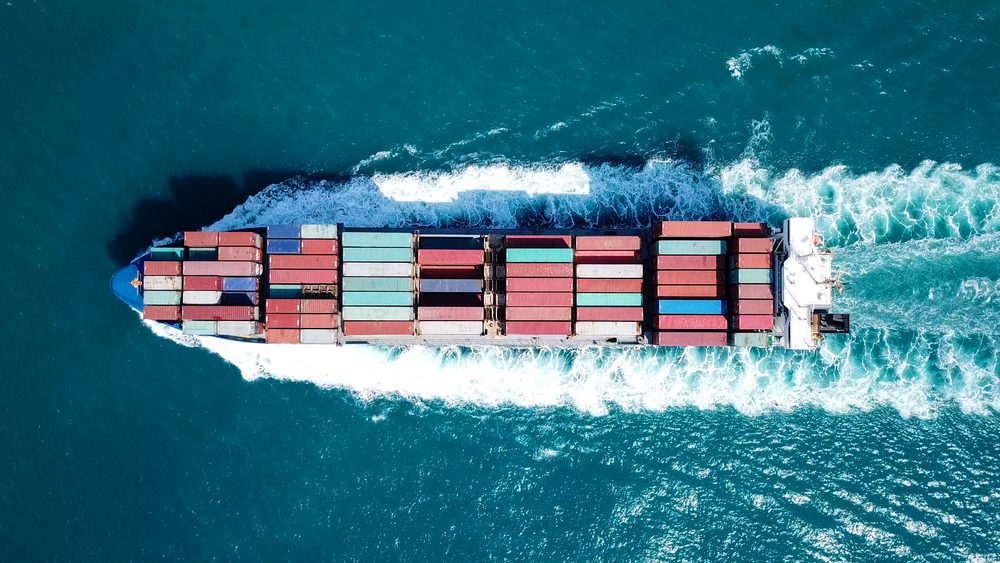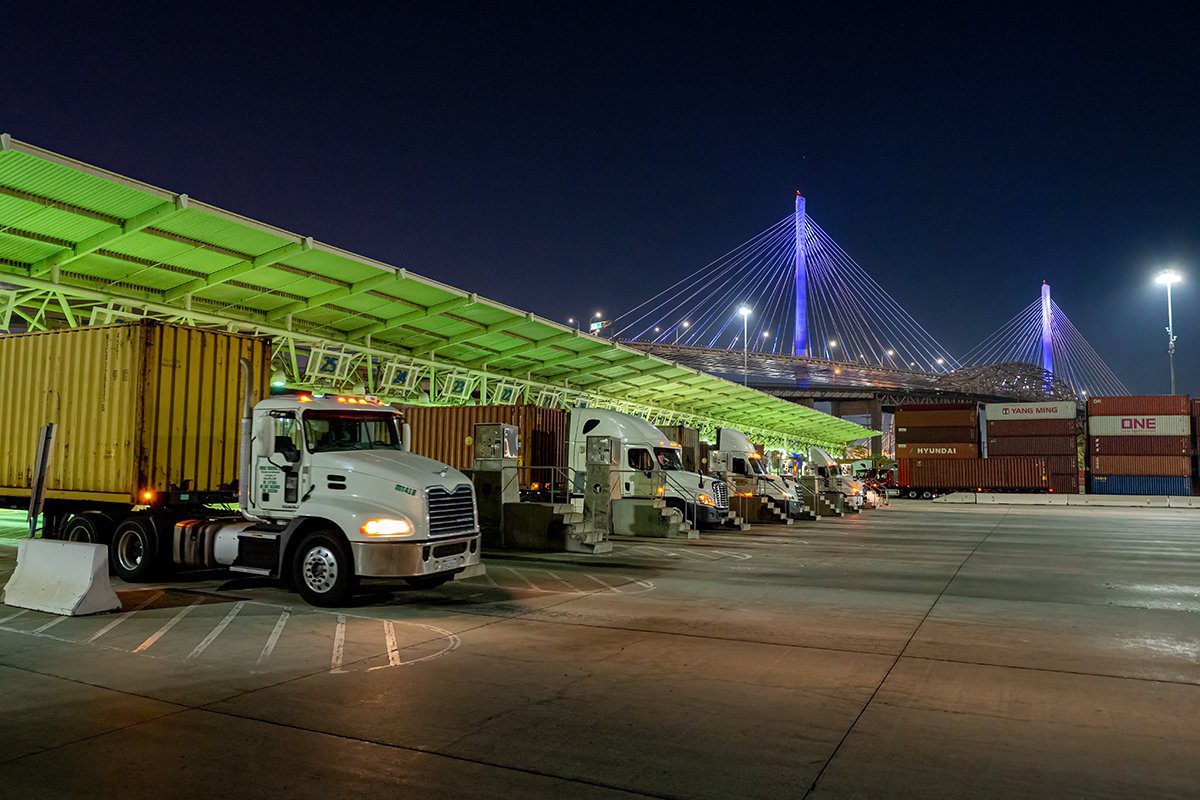By Mike Wackett (The Loadstar) –
Container spot rates on the transatlantic took a hammering this week, losing over 20% of their value, and the pressure has also started to build on other, previously resilient, tradelanes into which carriers have injected more capacity.
Xeneta’s XSI North Europe to US east coast average rate slumped 22%, to $1,590 per 40ft, in the past seven days, having collapsed from about $7,000 at the start of the year.
Carriers decided to take advantage of the more robust transatlantic route by adding ships and upgrading tonnage, but the additional weekly capacity on the market inevitably led to severe rate erosion, some carriers now quoting just over $1,000 per 40ft, which is around half pre-pandemic market rates.
And on the Asia-Mediterranean tradelane, where carriers have also added ships and launched new services, container spot rates dipped below $2,000 per 40ft this week, with Drewry’s WCI reading down another 2%, to $1,993.
Moreover, this rate weakness is happening before the launch next month of HMM’s new standalone China-India-Med service, using 8,500-11,000 teu vessels, which the South Korean carrier is redeploying from the embattled transpacific market.
Elsewhere, Asia-Middle East services have also been upgraded, with vessels cascaded from Asia-North Europe, as newbuild 24,000 teu mega-ships are phased-in, but the additional capacity is having a negative effect on rates. According to this week’s Ningbo Containerized Freight Index commentary, supply exceeded demand from China to the Middle East, and “the market rate continues to fall”.
Meanwhile, ocean carriers on the transpacific may be benefiting from the impact of the Canadian west coast dock strike which has shuttered the key container hubs of Vancouver and Prince Rupert since 1 July, and left an estimated $12bn of cargo imports stranded.
Shippers are expected to reroute some imports that normally transit via Vancouver to US west coast ports, and this will push up rates.
In fact, the XSI Asia-US west coast reading spiked by 19% this week, to $1,453 per 40ft, while other indices also recorded sizeable gains.
On the US east coast, spot rates also perked up, with the Freightos Baltic Index (FBX) Asia-USEC component jumping 8% in the week, to $2,374 per 40ft.
And this week saw both Maersk and CMA CGM attempt to reverse the heavy discounting trend on the Asia-North Europe tradelane, with substantial hikes in their August FAK rates to $1,900 and $1,950, respectively, per 40ft. However, average spot rates on the tradelane, as recorded by the XSI, were down another 1.5% this week, to $1,207 per 40ft, so the carriers will need to take out significant capacity to make these increases stick.
One analyst said he could not see MSC following 2M partner Maersk with a similar increase. He told The Loadstar: “I predict this GRI will be about 5% successful.”
The Loadstar is known at the highest levels of logistics and supply chain management as one of the best sources of influential analysis and commentary.
Unlock Exclusive Insights Today!
Join the gCaptain Club for curated content, insider opinions, and vibrant community discussions.

 Join The Club
Join The Club













